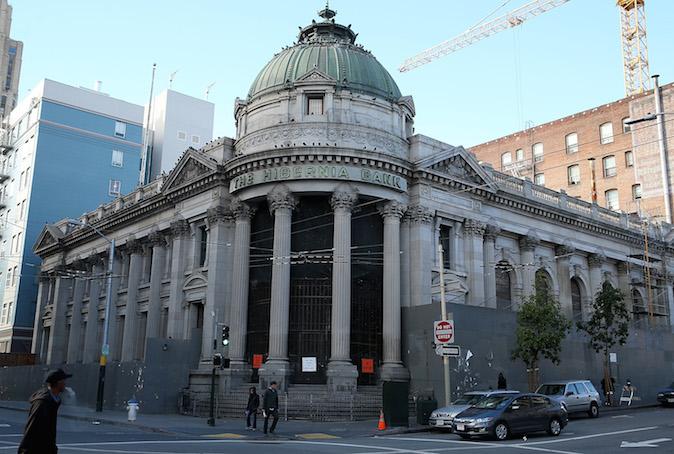Commentary
We’ve seen several banks fail in the first months of 2023. The failures seemingly came out of nowhere. However, there are a few commonalities among the banks that failed. I'll try to connect some dots for you.

We’ve seen several banks fail in the first months of 2023. The failures seemingly came out of nowhere. However, there are a few commonalities among the banks that failed. I'll try to connect some dots for you.